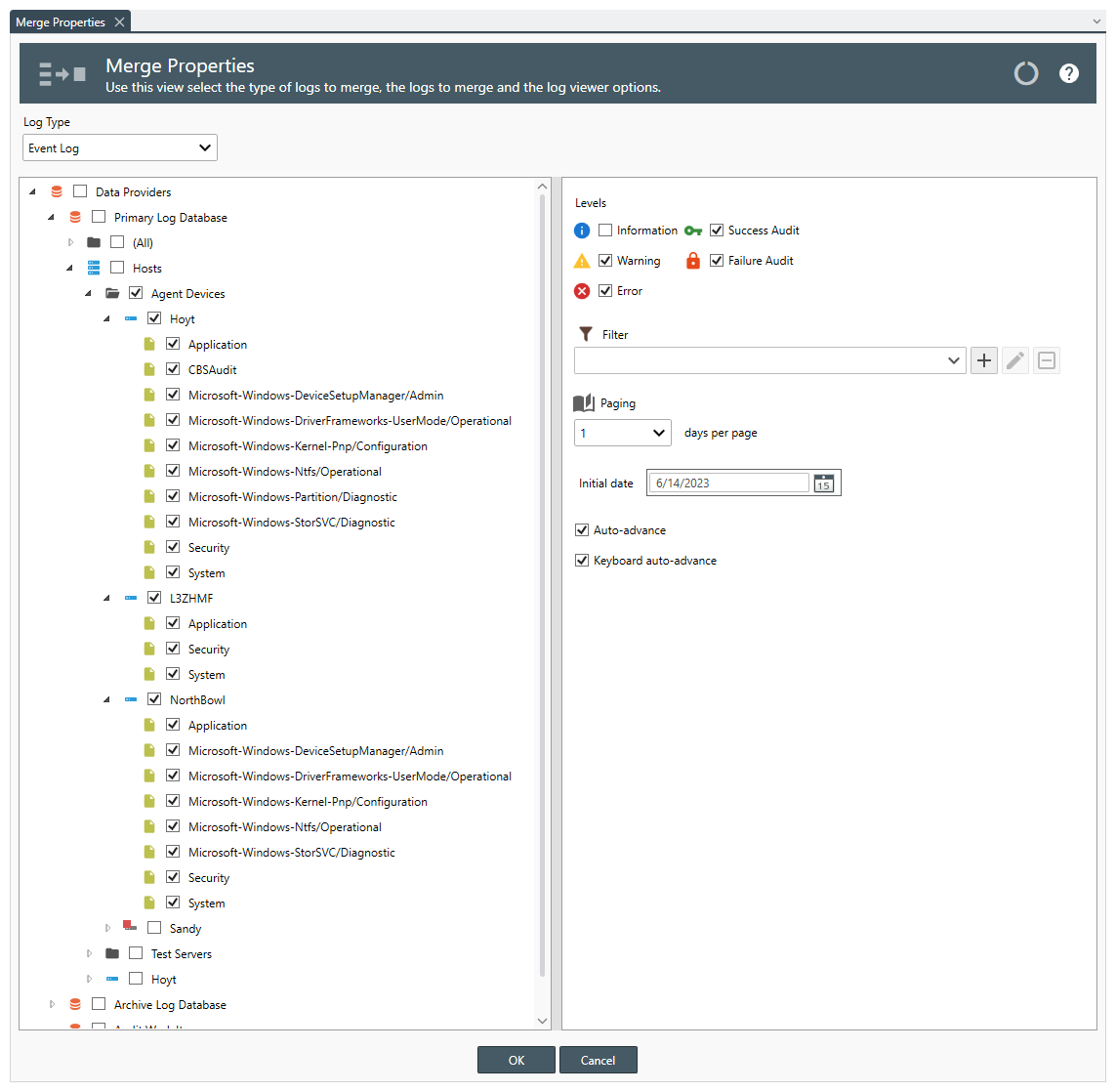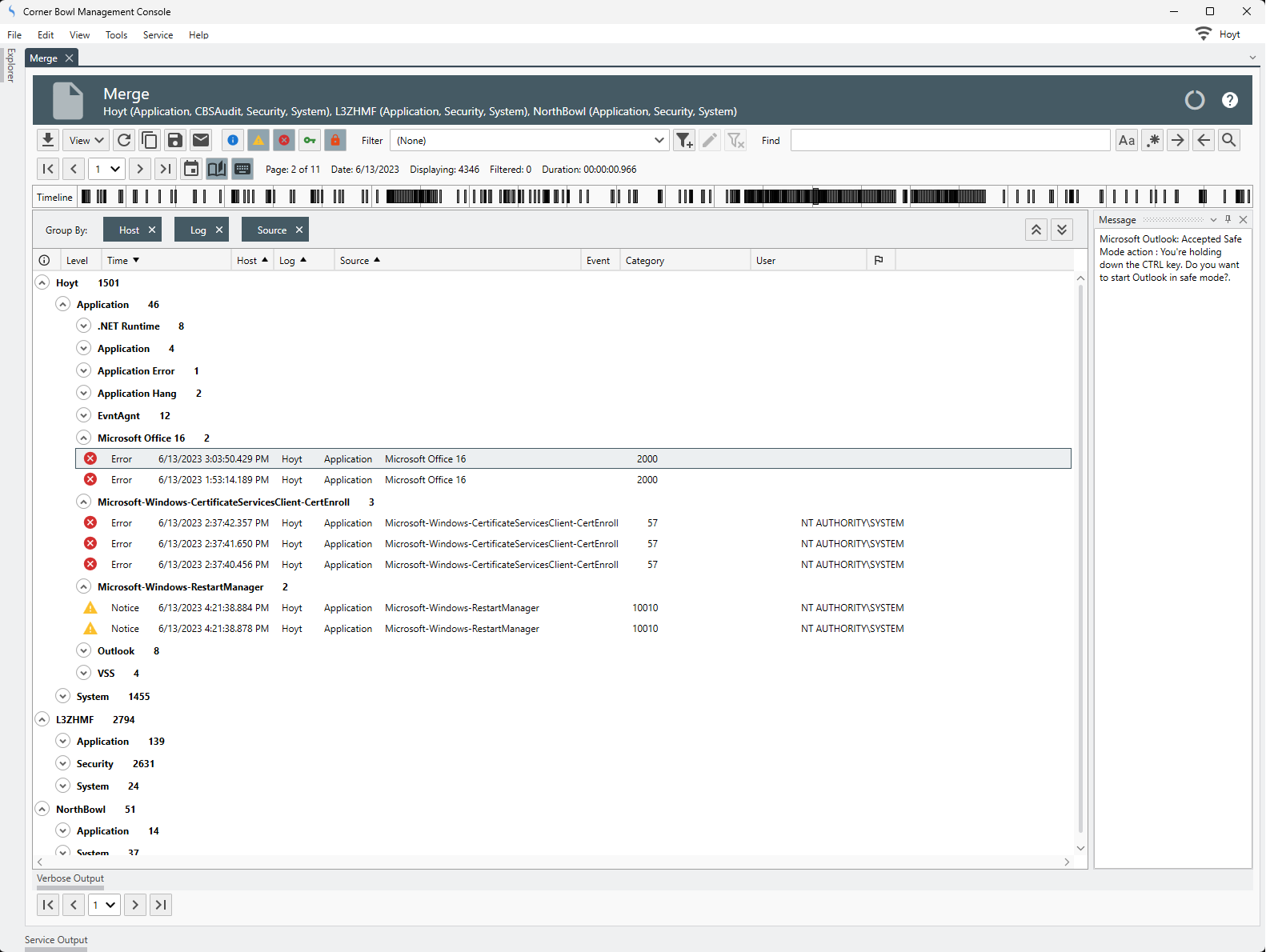Table of Contents
- Getting Started
- Agent-Based Monitoring
- Data Providers
- Directory Services
- Auditing
- Hosts
- Templates
- Template Properties
- Batch Update Templates
- Log Management Templates
- File and Directory Monitor Templates
- Windows Monitor Templates
- Account Lockout Monitor Template
- Logon Monitor Template
- CPU Monitor Template
- Memory Monitor Template
- Disk Space Monitor Template
- SMART Monitor Template
- Windows Update Template
- Process Monitor Template
- Service Monitor Template
- Performance Counter Monitor Template
- PowerShell Template
- Registry Value Monitor Template
- Active Directory User Monitor Template
- Active Directory User Integrity Monitor Template
- Task Scheduler Template
- Clock Synchronization Template
- Defragment NTFS Disks Template
- Network and Application Monitor Templates
- Database Monitor Template
- Directory Service Monitor Template
- DNS Blacklist Monitor Template
- DNS Monitor Template
- Domain Expiration Monitor Template
- Network Speed Monitor Template
- Ping Monitor Template
- Database Table Reseed
- SQL Server Shrink and Backup Template
- SSH Shell
- TCP Port Scan Monitor Template
- Website Monitor Template
- SSL Certificate Monitor Templates
- Email Monitor Templates
- SNMP Monitor Templates
- Monitors
- Reports
- Auto-Configurators
- Filters
- Actions
- Desktop Actions
- Email Actions
- Event Log Actions
- Executable Actions
- File Actions
- IIS IP Address Restriction Actions
- Microsoft Teams Actions
- PowerShell Actions
- Report Actions
- Service Actions
- SMS Actions
- SNMP Trap Actions
- Syslog Actions
- Template Actions
- IIS IP Address Restriction Actions
- Action Variables
- Schedules
- Environment Variables
- Options
- Account Lockout Monitoring and Reporting
- Merging Logs
- SNMP
- SSH Shell
- Syslog
- Exporting and Importing Configuration Objects
- Shared Views
- Auto-Config Host Assignment Properties
- General Executable Properties
- Assign Actions
- Assign Directories
- Assign Disks
- Assign Shares
- Assign Files
- Assign Consolidated Logs
- Assign Event Logs
- Assign Azure Audit Logs
- Target Files and Sub-Directories
- Define Log Entry Columns
- Define Log Entry Columns with Regular Expressions
- Define CSV and W3C Log Entry Columns
- Active Directory User and Group Filters
- Explicitly Assigned Logs
- File Explorer
- Report Columns
- Report Date/Time Ranges
- Report Security Event Log Filters
- Select Folder or File
- Executable Timeline
- Command Line Interface
- Troubleshooting
- Terminology
Corner Bowl Server Manager
SIEM, IPS, Server Monitoring, Uptime Monitoring and Compliance Software
Merging Logs
Merging logs is the process of displaying centrally consolidated logs into a single view enabling network administrators and auditors to view a complete picture of network, system and user activity across multiple servers, workstations, and network devices.
Corner Bowl Server Manager enables users to quickly merge multiple logs into a single view for auditing and analysis.
In this Topic
To merge multiple logs into a single view:
Choose one of the following methods to pre-select Windows Event Logs to merge:
| Method | How To |
|---|---|
| Menu Bar | From the Menu Bar, select Tools then Merge. |
| Host Node | From the Explorer View, expand the root Hosts node, navigate to the target host, then right click and select Merge. |
| Monitor Node | From the Explorer View, expand the root Hosts node, navigate to the target host, expand, then expand Templates, select any Event Log Consolidation Template, then right click and select Merge. |
| Data Providers Node | From the Explorer View, expand the root Data Providers node, navigate to any host group or host, then right click and select Merge. |
The Merge Properties View
Use the Merge Properties View to select logs to merge and apply log viewer options.
- Use the Log Type drop-down to select the type of logs to merge, either Event Log or Syslog.

To merge logs of different types, see SIEM Reports. - Use the Levels controls to filter specific levels.
- Use the Filter drop-down to select a filter to apply.
- Use the Paging controls to select the number of days to display on each page and set the initial date to view.

When viewing multiple days per, the viewer displays log entries from the initial date then the number of days selected backwards in time. - Use the Auto-advance checkbox to automatically advance to the next page when no entries are returned that match your date and search criteria.
- Use the Keyboard auto-advance checkbox to automatically advance to either the next page or the previous page when using the keyboard to scroll up and down through log entries.
- Click OK to query, filter and merge the log entries into the Merge Log Viewer.


